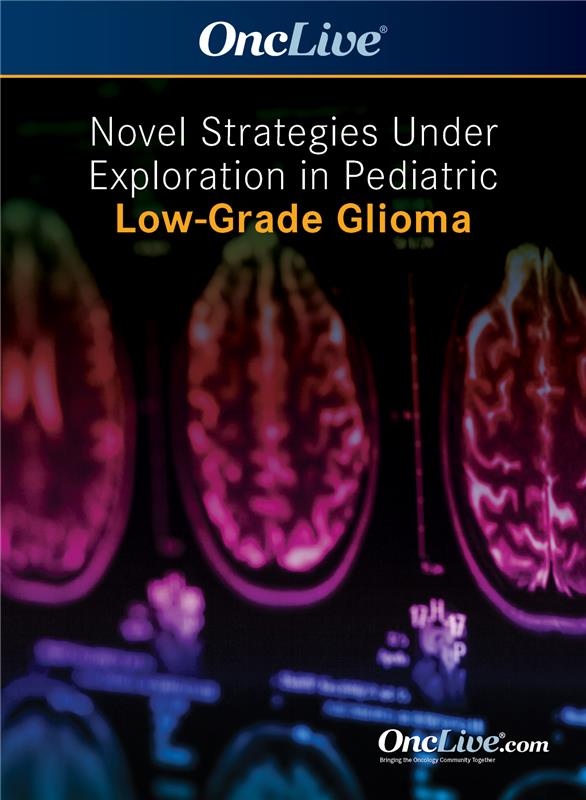Commentary
Video
Supplements and Featured Publications
Dr Ziegler on Tovorafenib in Pediatric Low-Grade Glioma
Author(s):
David Ziegler, MD, PhD, discusses findings from the phase 2 FIREFLY-1 trial of tovorafenib in pediatric patients with low-grade glioma.
David Ziegler, MD, PhD, head, Neuro-Oncology Program, head, Clinical Trials Program, Kids Cancer Centre, Sydney Children’s Hospital, Randwick; group leader, Brain Tumour Group, Children’s Cancer Institute; chair, Clinical Trials, Zero Childhood Cancer Personalized Medicine Program, Children’s Cancer Institute and Sydney Children’s Hospital, Randwick, discusses findings from the phase 2 FIREFLY-1 trial (NCT04775485) of tovorafenib (DAY101) in pediatric patients with low-grade glioma.
The registrational arm of FIREFLY-1 investigated the efficacy and safety of the RAF inhibitor tovorafenib in pediatric patients with BRAF-altered low-grade glioma. The primary readout of this trial used the Response Assessment in Neuro-Oncology – High-Grade Glioma criteria. Per these criteria, the overall response rate (ORR) was 62%, with 6% of patients achieving a complete response and 61% of patients achieving a partial response. These results are encouraging because standard therapies for low-grade glioma typically elicit best responses of stable disease, Ziegler says. In addition, most of the patients who did not meet the threshold for an objective response still experienced an objective clinical benefit with the agent, which included tumor shrinkage or disease stabilization, Ziegler notes. The clinical benefit rate was 93%, and 68% of patients experienced a clinical benefit for at least 12 months.
Tovorafenib was associated with minimal toxicities in the FIREFLY-1 population, Ziegler explains. This agent is taken orally once a week and has similar toxicities to those observed with MEK inhibitors, which were generally well tolerated, Ziegler emphasizes. The most common grade 3 or higher treatment-emergent adverse effects included maculopapular rash (7%), fatigue (3%), decreased appetite (3), and vomiting (2%).
Given that FIREFLY-1 is a relatively small single-arm trial compared with historical studies, these findings with tovorafenib are exciting and show generally higher response rates with a tolerable safety profile compared with outcomes seen with standard-of-care (SOC) therapy, according to Ziegler.
A secondary analysis of FIREFLY-1 used the Response Assessment in Pediatric Neuro-Oncology – Low-Grade Glioma criteria, which are the pediatric criteria for assessing low-grade gliomas, Ziegler says. Per these criteria, the ORR was 45%, which is higher than the expected ORR with SOC in this population, Ziegler concludes.










